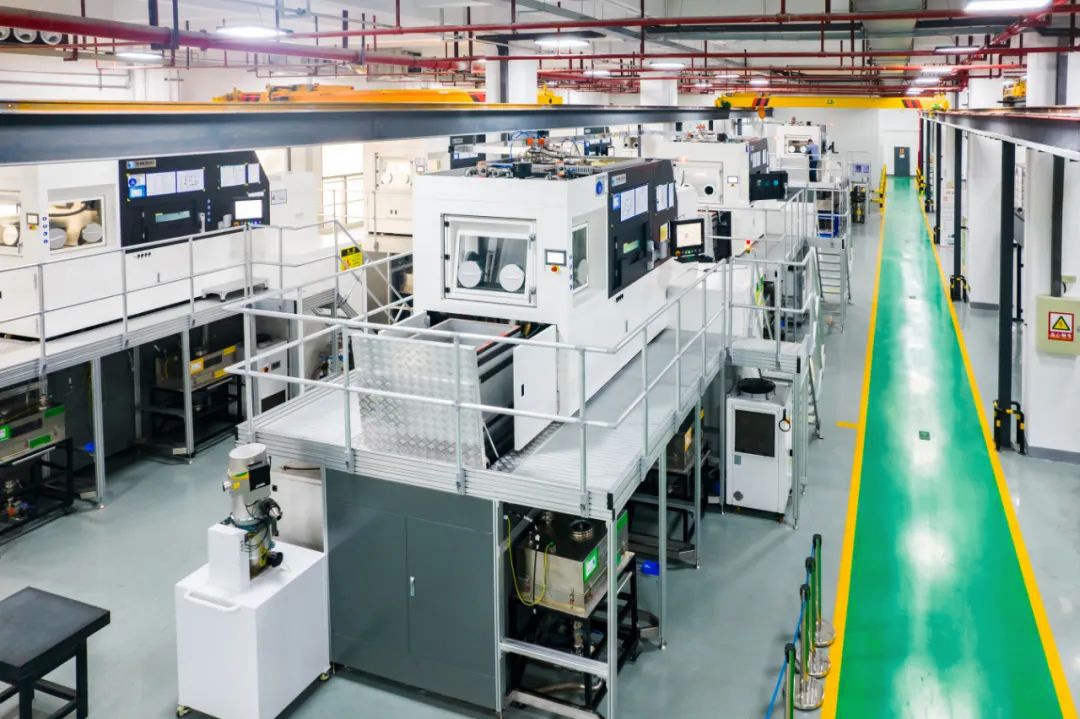Farsoon, the leading original equipment manufacturer (OEM) in China’s metal additive manufacturing (AM) market, announced that it will introduce three new laser powder bed fusion (LPBF) platforms to the U.S. and European, Middle Eastern, and African (EMEA) markets. Following on the success of its large-volume FS621M system that it released two years ago, Farsoon has developed three new versions: the FS621M Pro-4 and Pro-6, and the FS621M-U-4.

The company produced the larger machines in response to feedback from its customers in heavy-industrial sectors, a point that Velo3D has also mentioned in its press releases for its latest — and largest-volume — platforms. With an installation base of over 50 units by now, the FS621M has given Farsoon ample data to draw upon, for providing solutions to markets demanding the largest-volume parts. The Pro-4 (four 500-watt fiber lasers) and Pro-6 (six lasers) have both a 30 percent greater extension in the Y-axes than the original, as well as almost 10 percent higher Z-axes.
The Y-axis on the U-4 is the same as on the base model, but the former has the highest Z-axis of the whole series, 1.7 meters (about 5.5 feet). This represents a 54 percent increase over the FS621M, which would make it ideal for manufacturers in the aerospace and space sectors, and any other sector requiring tall, narrow parts. Thus, along with aerospace/space, Farsoon notes that it has designed the latest releases with the requirements of the oil & gas and energy sectors in mind.
Farsoon also offers customers the option of a “permanent filter” upgrade on the new FS621M models, meant to facilitate long-term, large-volume production. Finally, the company announced that it is currently developing an eight-laser version of the Pro, as well a six-laser version of the U-4.
As is reflected by other recent developments, the expanding markets for metal AM platforms with the largest build volumes suggests major impending shifts in the supply chains for metals markets around the world. Global maritime trade growth has slowed recently, which would normally be an indicator of a similar downturn in manufacturing activity. On the other hand, if manufacturers were stockpiling raw materials, the slowing growth in overseas shipping may in part mean that the stockpiling has simply stopped, or at least plateaued. And, if that’s the case, it could be evidence of strategic long-term shifts towards producing goods closer to the point of demand.
That’s obviously a lot of “ifs”. But, assuming that the scale-up of AM in general, and metal AM in particular, will happen at some point, they won’t happen without changes to the broader economy occurring at the same time—in the form of re-shoring, transformation of supply chains, on-demand production, etc. That’s the logic behind enlarging the scale of the AM industry, in the first place. If the recently-released National Strategy for Advanced Manufacturing is any indicator, that scale-up is already happening.